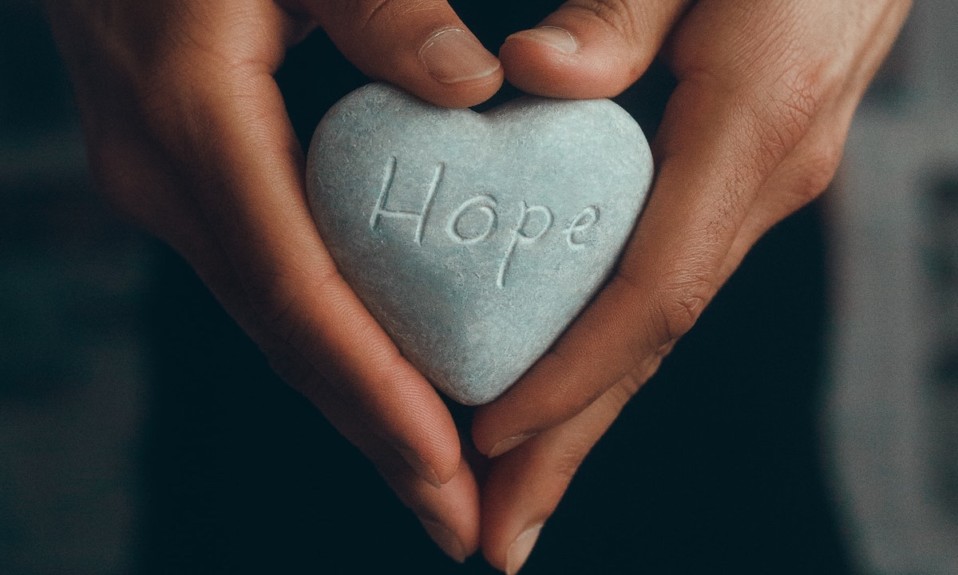Plus: Black communities are being crushed by opioids, and research pointing to the potential lethality of cannabis use
By William Wagner
Neuroscientists from the University of Geneva in Switzerland say the brain already has a significant weapon to combat cocaine addiction—namely the chemical messenger serotonin. We also examine the disproportionate toll that opioids are taking on Black communities, and the connection between cannabis use and heart attacks among younger adults.
From Science: Serotonin’s Role in Blocking Cocaine’s Addictive Qualities
Cocaine unleashes two competing chemicals in the brain: dopamine (which excites the reward system) and serotonin (which prevents the reward system from being overstimulated). If unchecked by serotonin, the massive releases of dopamine lead to cocaine addiction; if checked by serotonin, addictive behaviors won’t ensue. That explains why, according to a new study out of the University of Geneva published in Science, only 20% of cocaine users wind up becoming addicted to the drug—most of the time, serotonin isn’t overwhelmed by dopamine.
“[D]opamine triggers a phenomenon of synaptic plasticity, through the strengthening of connections between synapses in the cortex and those in the dorsal striatum. This intense stimulation of the reward system then triggers compulsion. Serotonin has the opposite effect by inhibiting the reinforcement induced by dopamine to keep the reward system under control,” Christian Lüscher, M.D., a neurobiologist at the University of Geneva, said in a news release about the study.
Lüscher and his colleagues conducted experiments on mice that were designed to spotlight the role of serotonin in countering cocaine addiction. They plan to expand their work to opioids, with the ultimate goal of finding out why some people are more vulnerable to drug addiction than others. Ideally, that knowledge can then be used to create new addiction therapies.
From the American Journal of Public Health: Fatal Opioid ODs Rise Dramatically Among Blacks
According to a study of four U.S. states (New York, Massachusetts, Kentucky and Ohio) by the National Institute on Drug Abuse (NIDA) that was published in the American Journal of Public Health, fatal overdoses among non-Hispanic Blacks went up by 38% from 2018 to 2019. In contrast, the fatal OD rates among the other racial and ethnic groups that were studied remained basically unchanged during the same time period.
We must explicitly examine and address how structural racism affects health and leads to drug use and overdose deaths. Systemic racism fuels the opioid crisis, just as it contributes mightily to other areas of health disparities and inequity, especially for Black people.”—Nora Volkow, NIDA
The troubling numbers, influenced heavily by an influx of heroin and fentanyl into Black communities, point to a wider societal problem, says Nora Volkow, M.D., director of NIDA. “We must explicitly examine and address how structural racism affects health and leads to drug use and overdose deaths,” Volkow said in a news release about the study. “Systemic racism fuels the opioid crisis, just as it contributes mightily to other areas of health disparities and inequity, especially for Black people. We must ensure that evidence-based interventions, tailored to communities, are able to cut through the economic and social factors that drive disparities in substance use and addiction, to reach all people in need of services.”
From the Canadian Medical Association Journal: The Link Between Cannabis Use and Heart Attacks
More data is in suggesting that cannabis use isn’t as benign as many people would like to believe—especially those on the younger side. Research published in the Canadian Medical Association Journal states that adults 45 or younger who have “recently” used cannabis are two times more likely to suffer a heart attack than those who haven’t. The study was conducted because, as the authors write, the “effects” [of cannabis use] on cardiovascular health are poorly understood,” and people need to know about the potential risks.
Photo: Shutterstock














